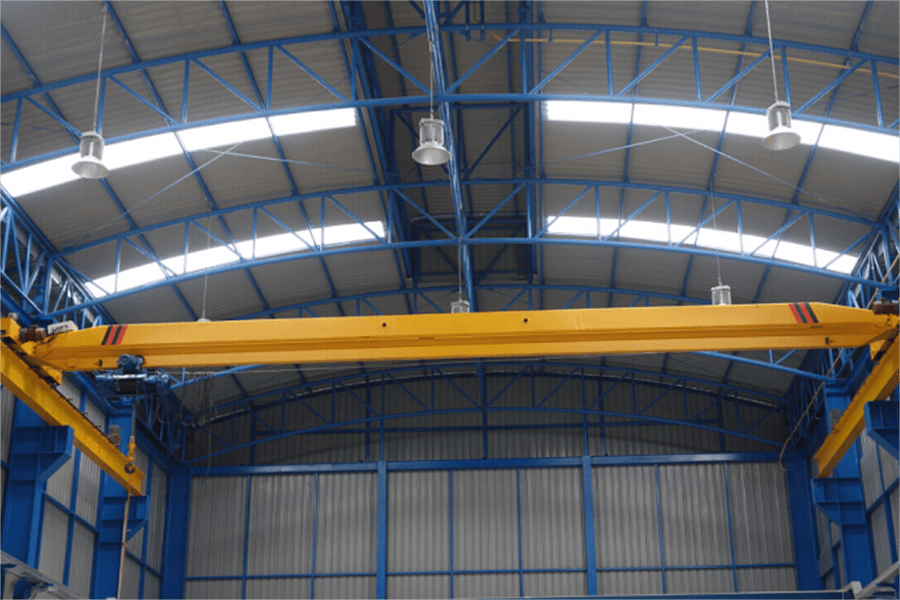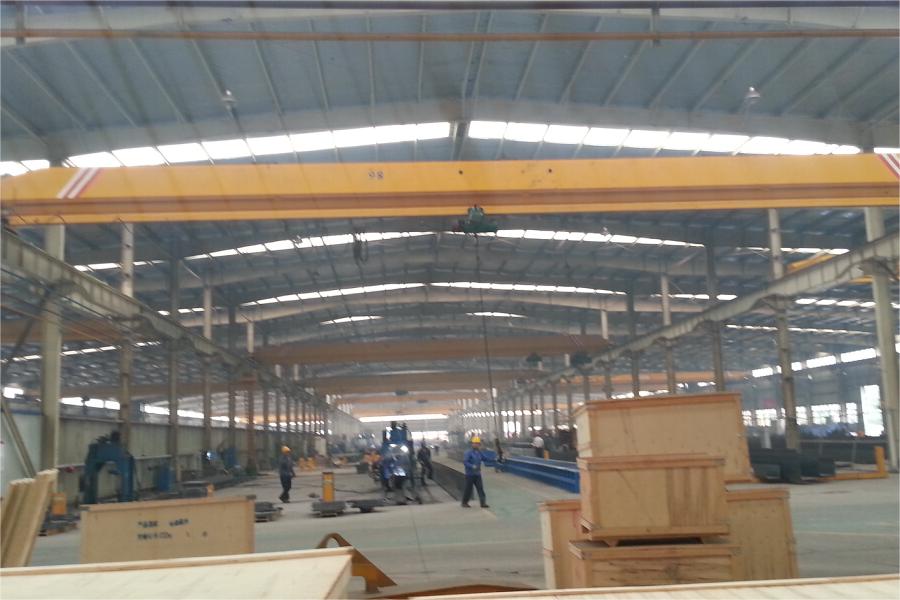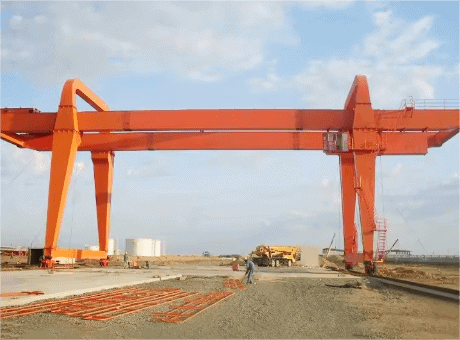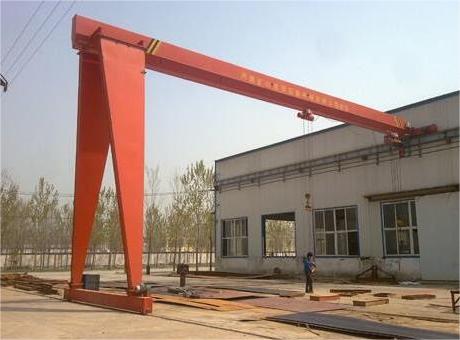En basit ifadeyle tavan vinci, ağır malzemeleri bir yerden başka bir yere hassas bir şekilde kaldırmanıza ve taşımanıza olanak tanıyan bir makine veya ekipman parçasıdır. Her bir tavan vinci, bir işletmenin malzeme taşıma ihtiyaçlarına uyacak şekilde belirli bir amaç veya uygulama için dikkatlice tasarlanıp tasarlandığından, bir tavan vincinin tanımlanmasında "herkese uyan tek bir çözüm" yaklaşımı yoktur.
Single girder overhead crane is built inside of a building and will normally use the structure of the building as it’s support. An overhead bridge crane almost always has a hoist which will move left or right. A lot of times these cranes will also run on a track, so the whole system can move forward or backwards through the building.

The single girder bridge crane has one I-Beam or “girder” which supports the load. These cranes are typically lighter, and lift less weight than their double girder counterparts. They can still lift quite a bit compared to some other cranes, but their load capacity usually caps out around 20 tons.
Many industries use overhead cranes from automotive factories to paper mills. If you need to move something very heavy inside of a building, you can’t beat a bridge crane. They are highly reliable and make work inside buildings much more efficient. The single girder overhead cranes price are less expensive.
Single girder overhead cranes can be designed and built in all kinds of configurations, and different components can be swapped out or engineered to improve its capacity and performance. Some of the most popular reasons for using an overhead crane include:
Loading or unloading materials from a truck.
Moving materials around a facility more efficiently than a tow motor or manpower can.
Turning the mold over and pulling it into or out of the stamping press at the manufacturing plant.
Feeding raw material into a machine at a manufacturing facility.
Moving pieces or parts down an assembly line in a controlled fashion.
Moving containers around a shipyard or rail-yard.






















